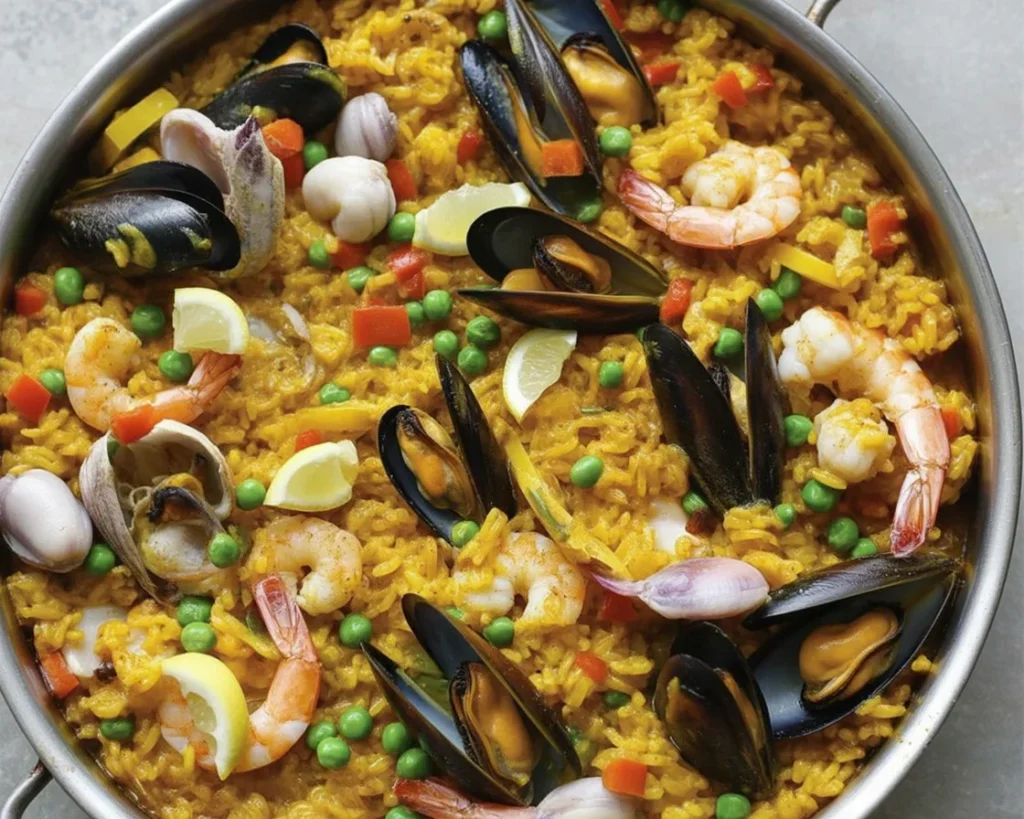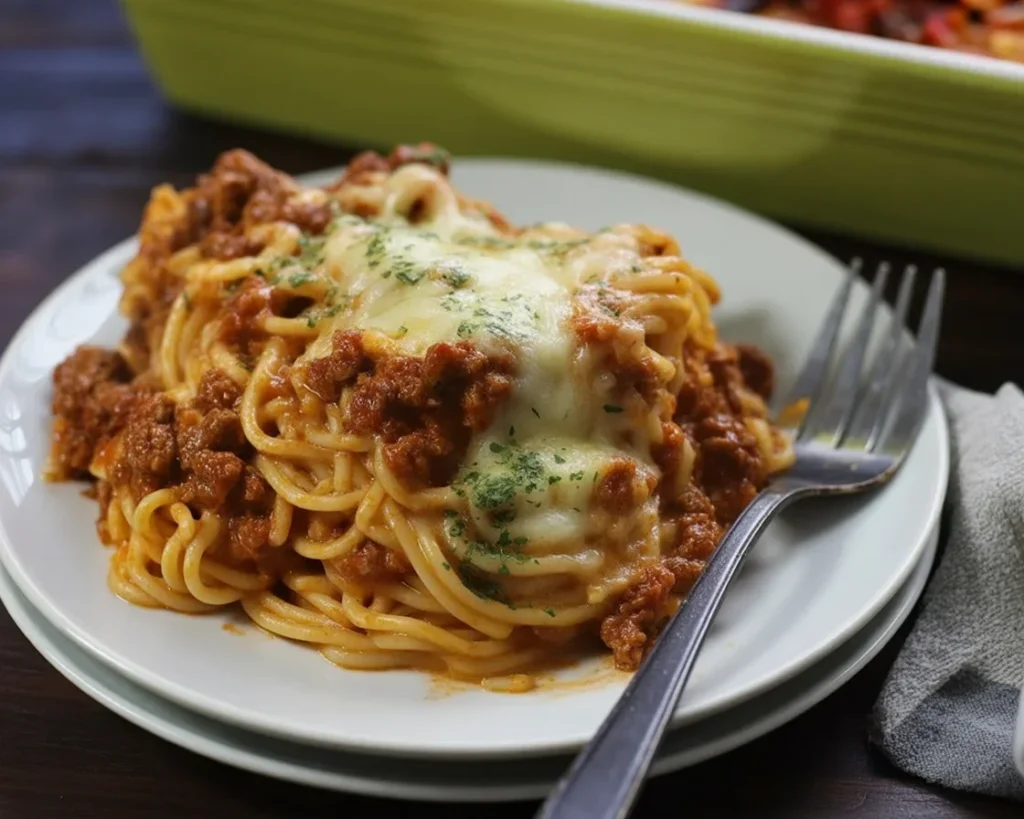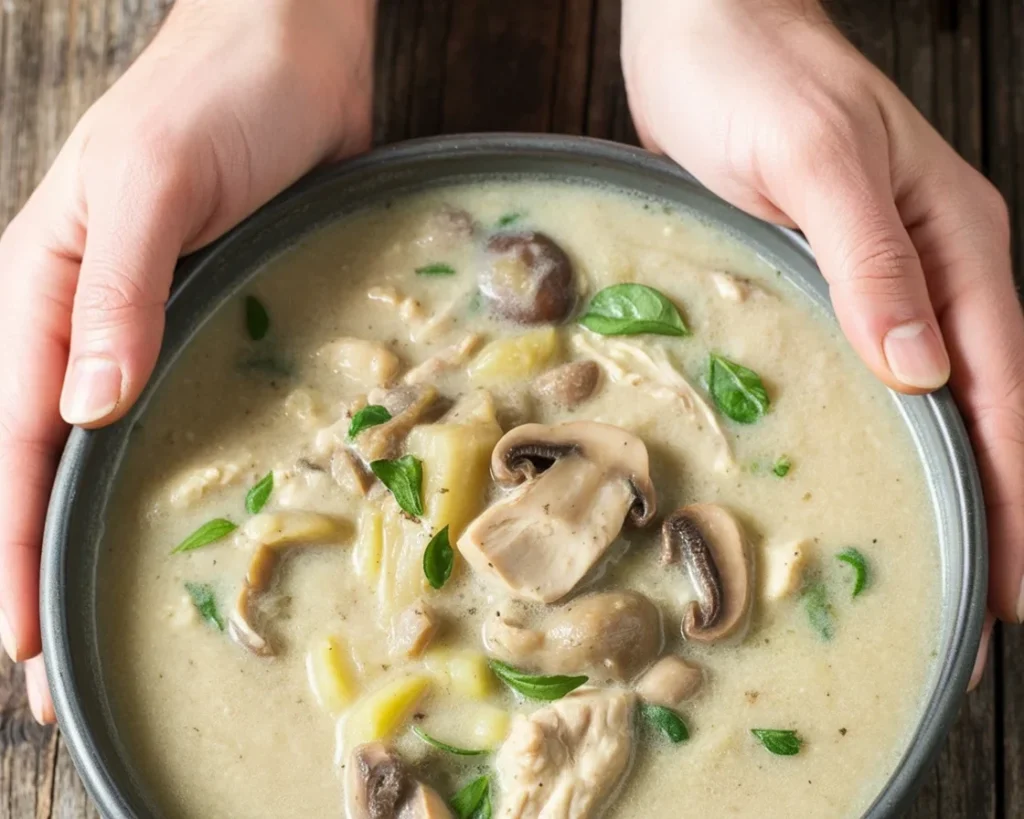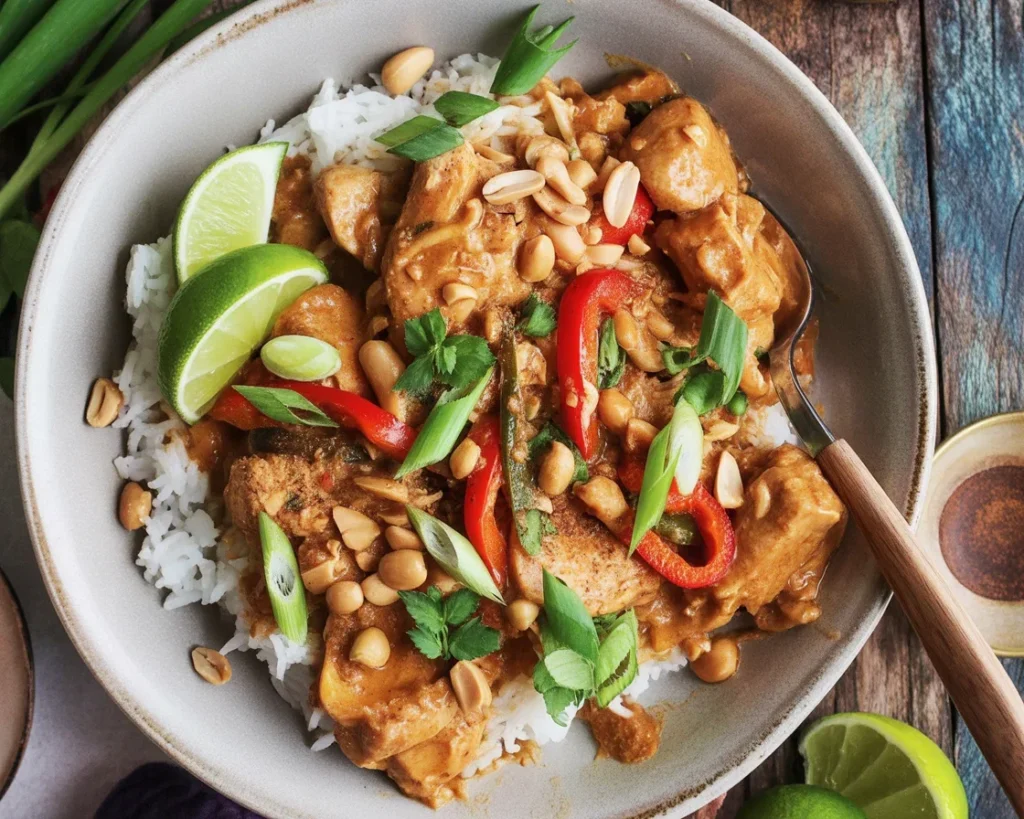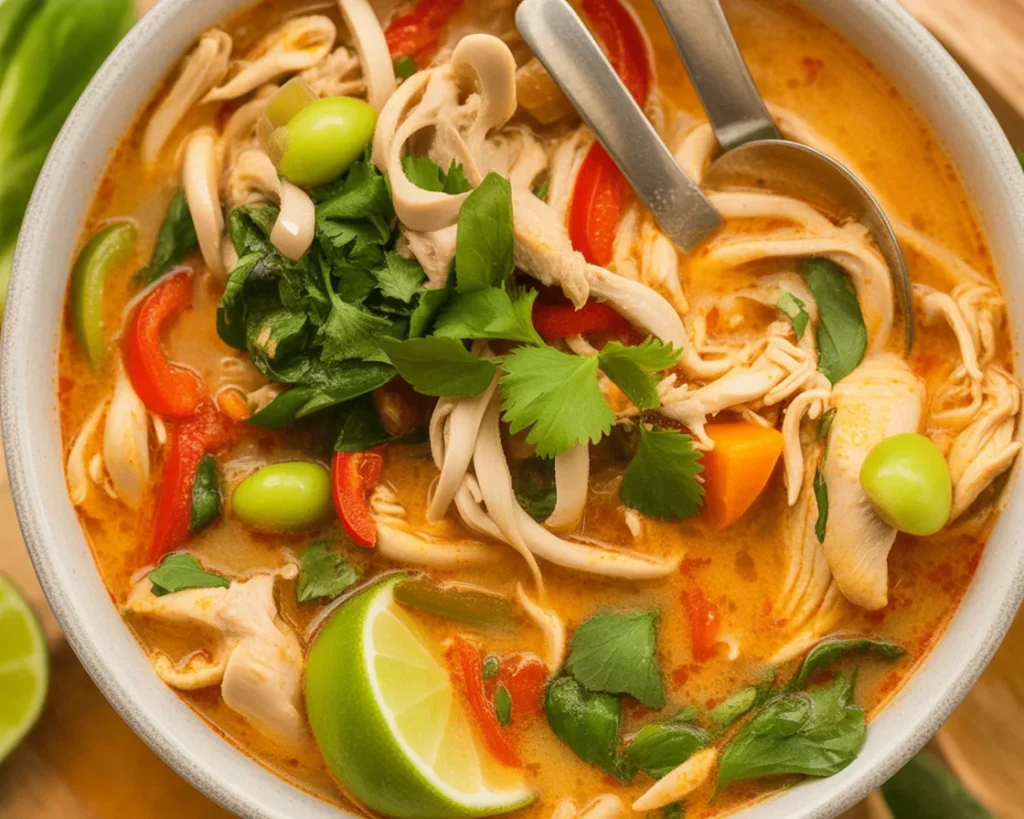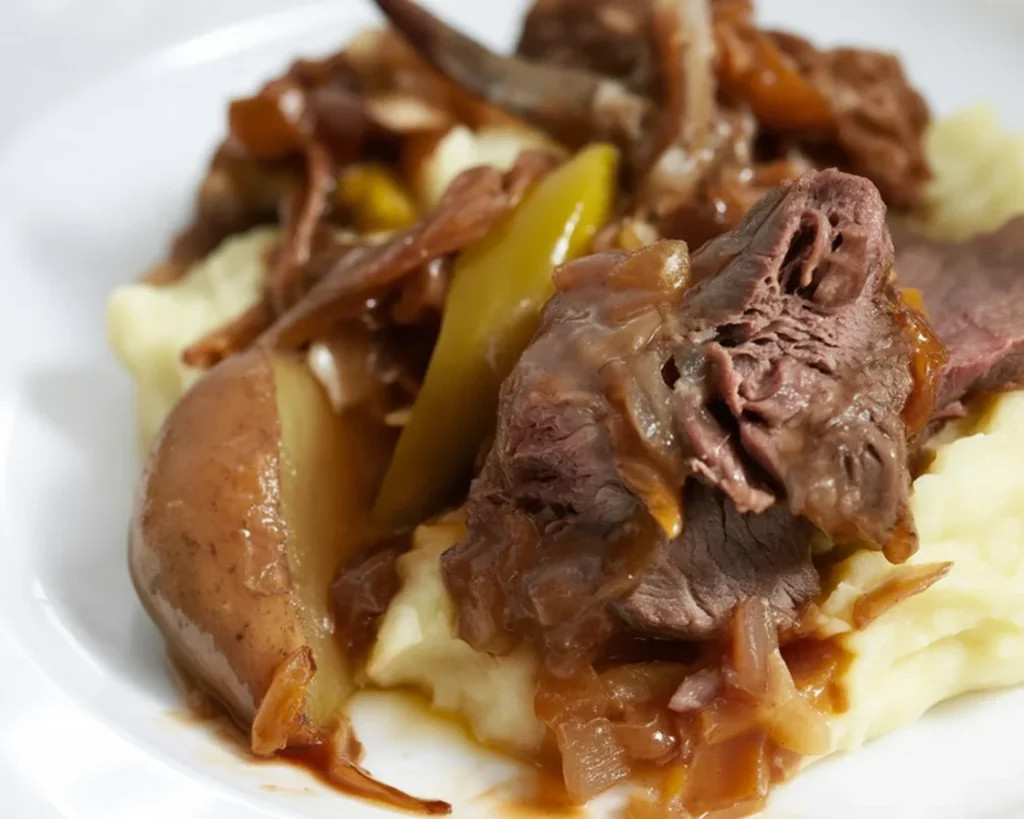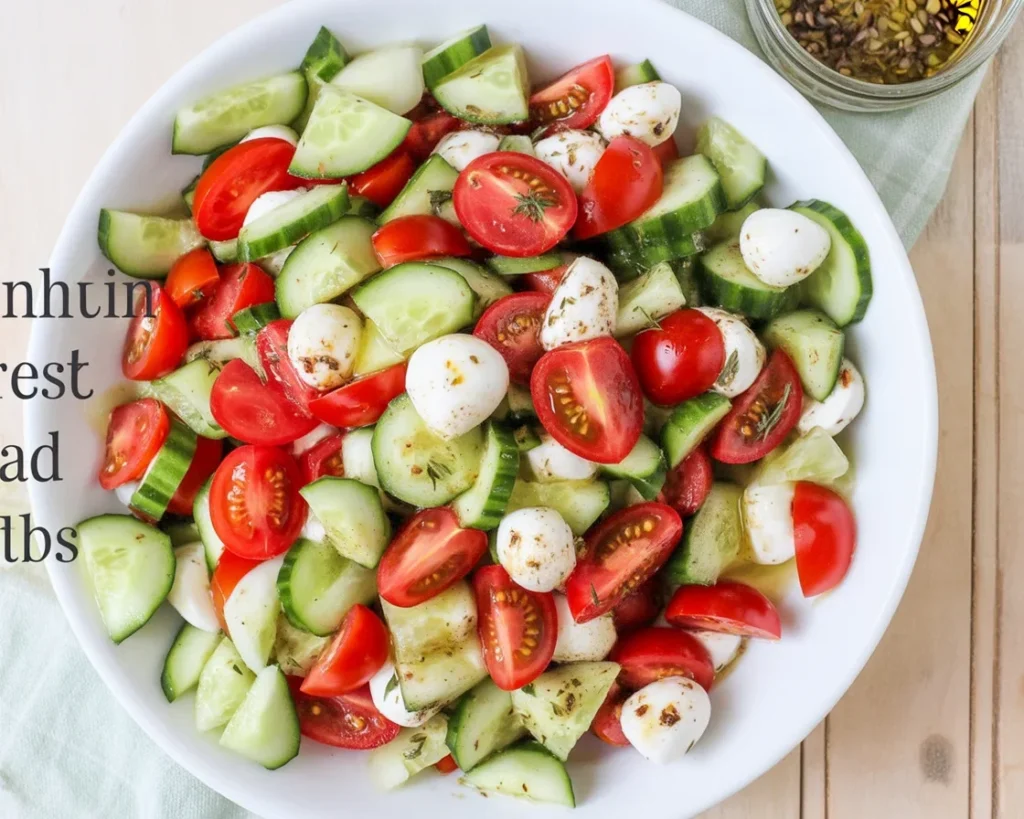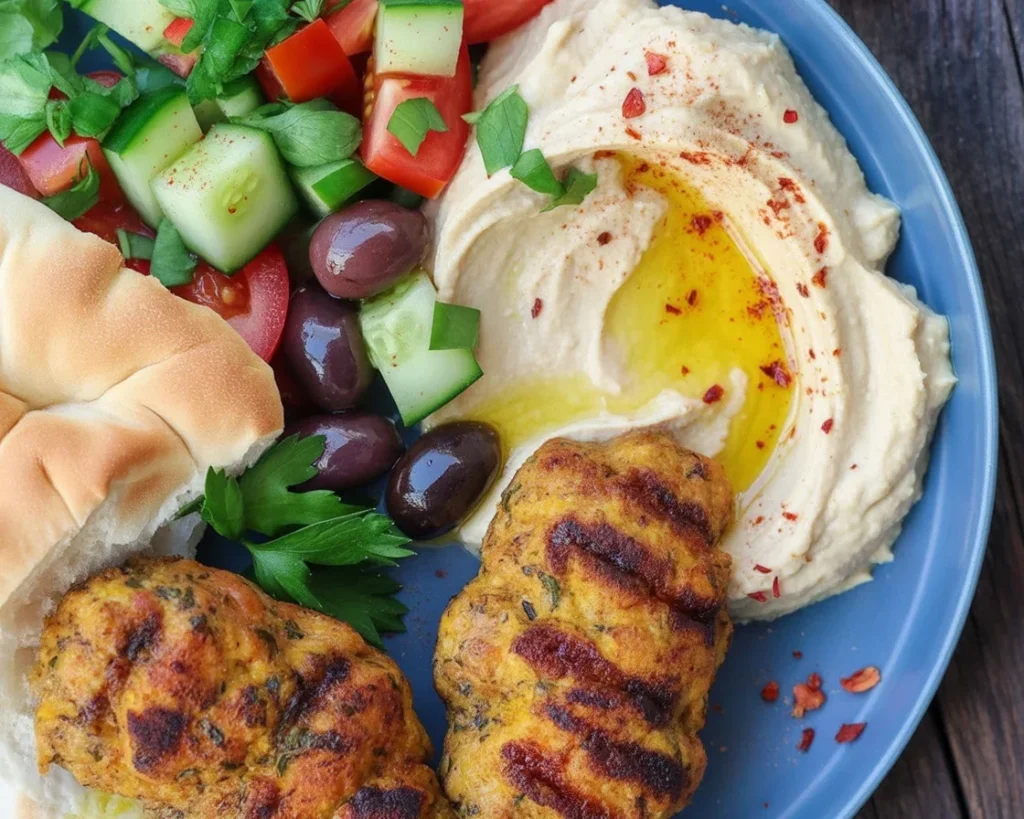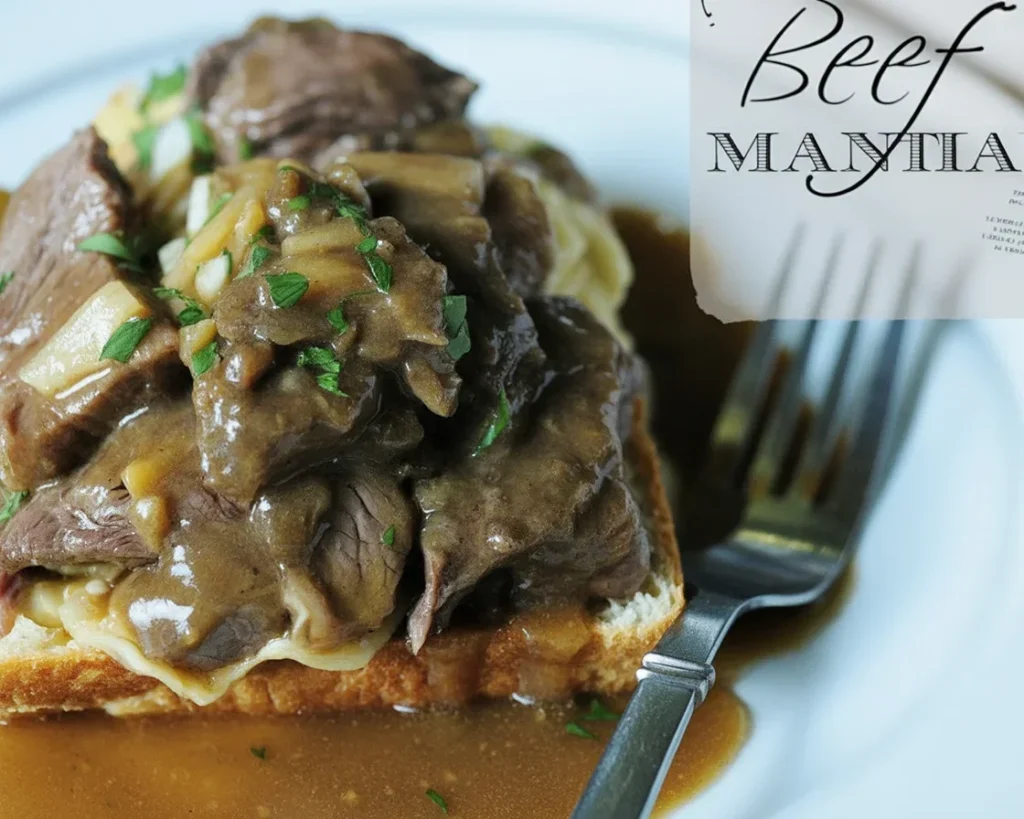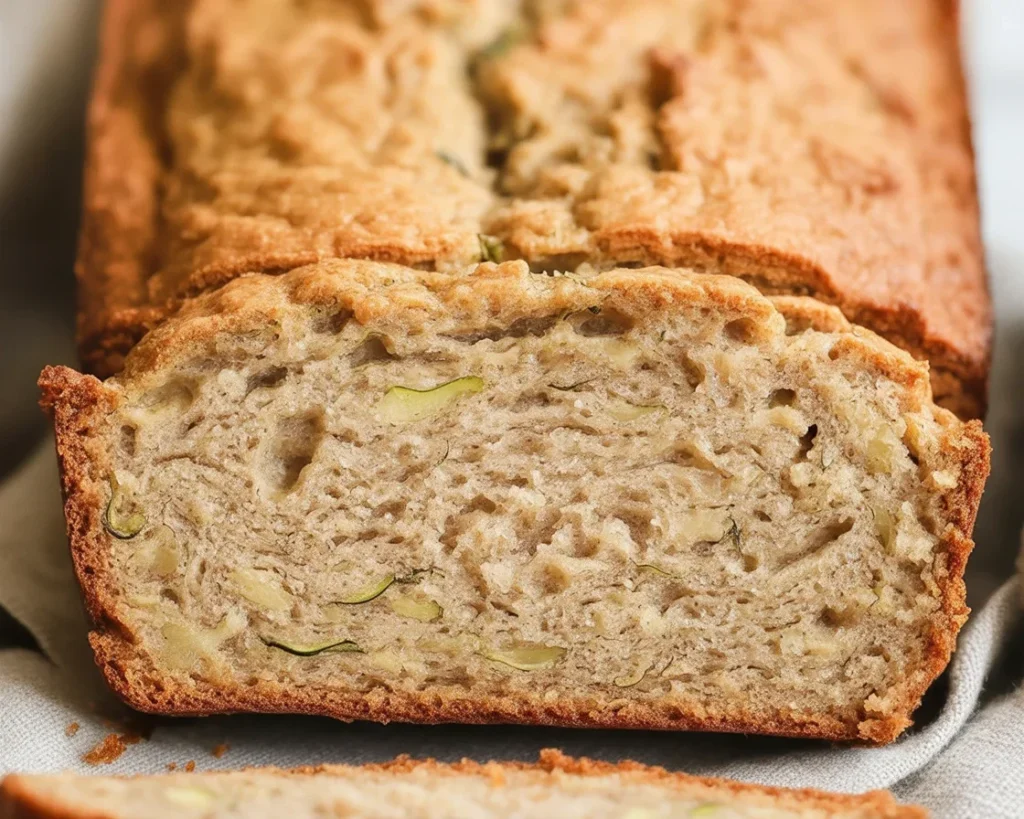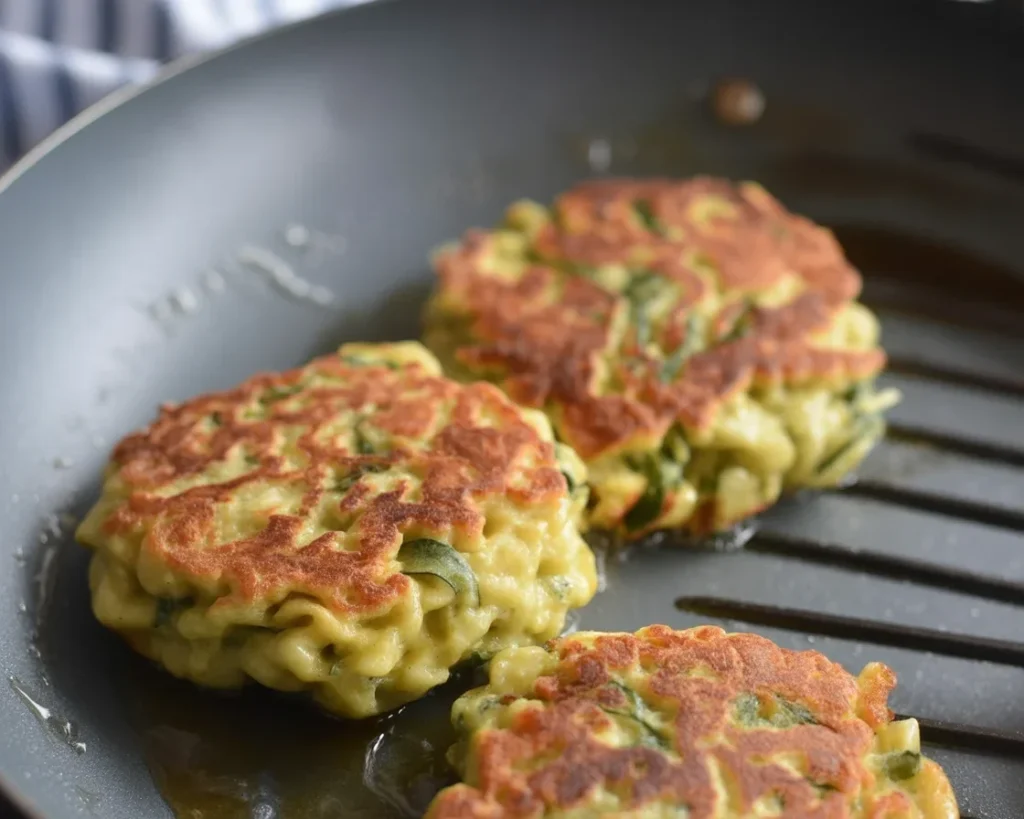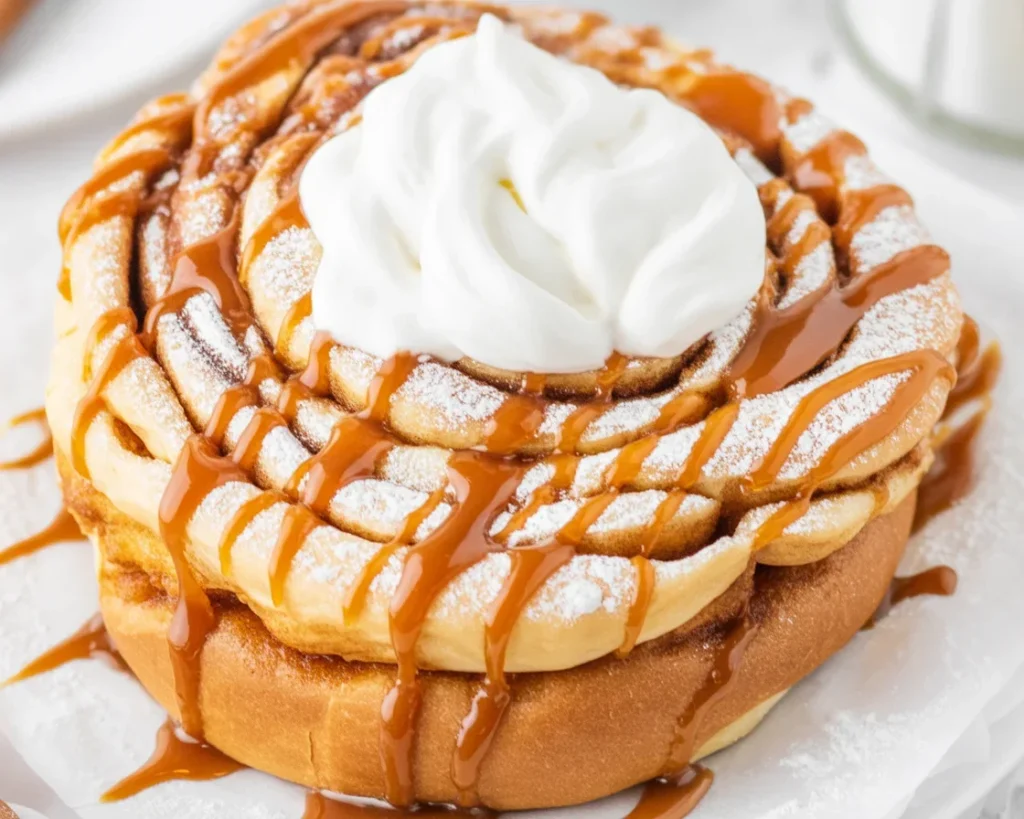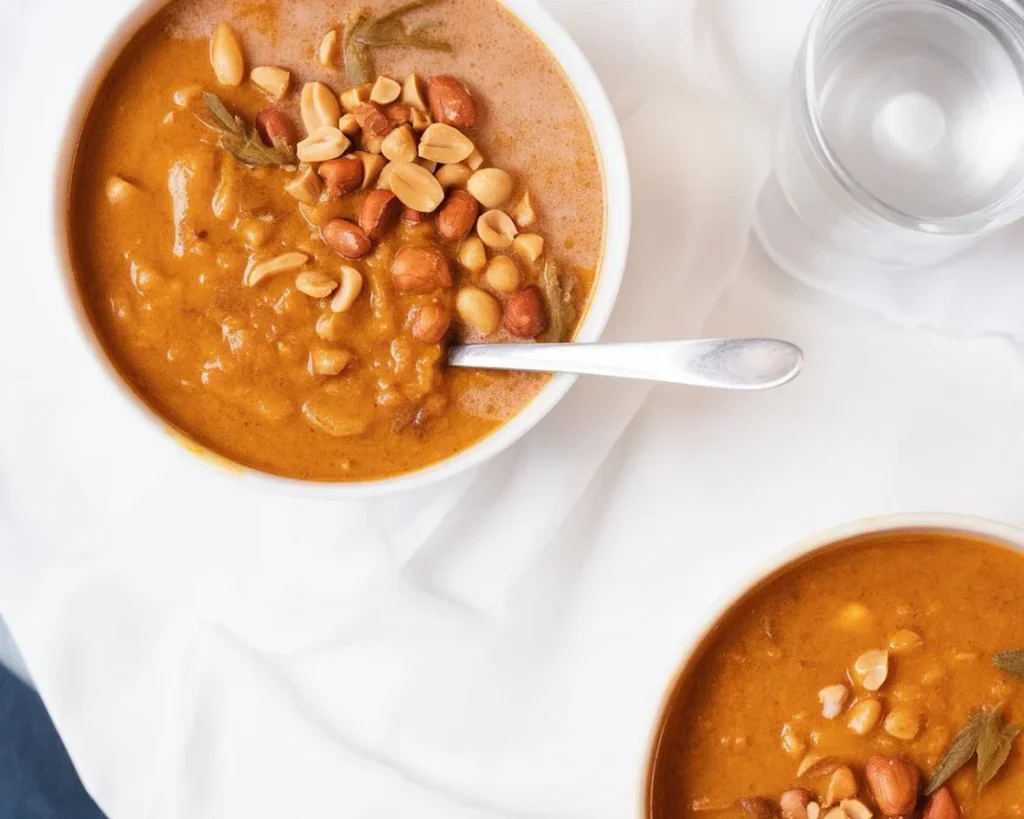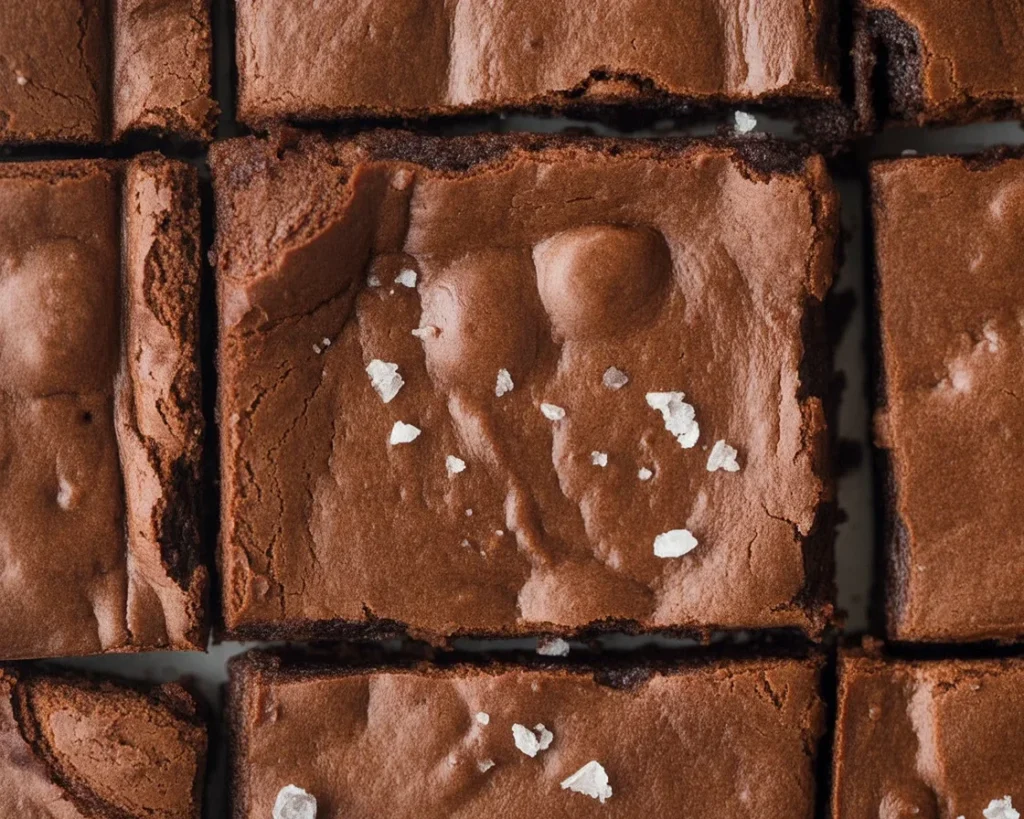Seafood Paella is honestly one of those dishes I always thought would be way too complicated for a regular home cook like me (and maybe you, too?). But then a friend pushed me to give it a try after I drooled over her photos from Barcelona. Turns out, you do not have to be some kitchen wizard to make this at home—it’s really all about knowing a few smart tricks. There’s so many seafood options out there but when it comes to seafood recipes, nothing is as much a crowd favorite as this classic. If you ever wondered how red crab could make your rice even better, check out discover flavorful world of red crab juicy seafood—it’s a fun read and you’ll get some delish ideas. Let’s untangle the process together.
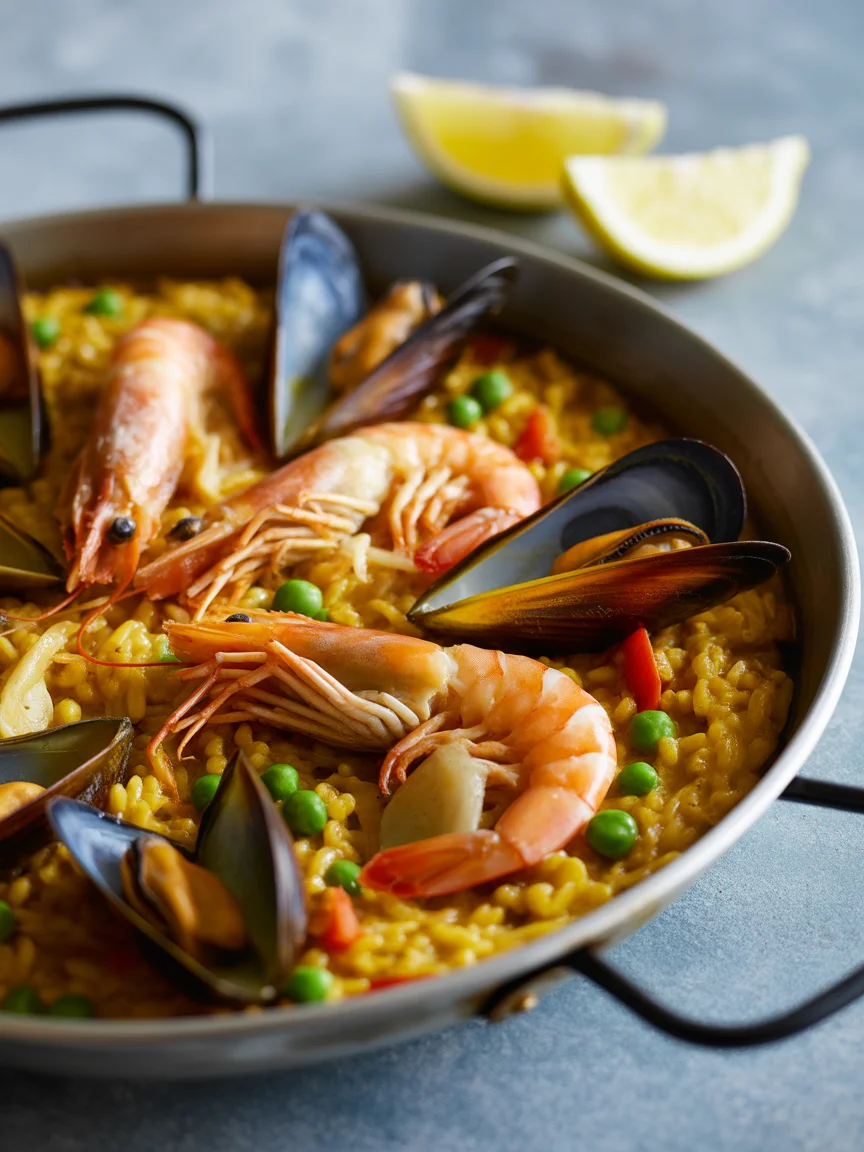
What is Paella?
So, paella—let’s talk straight. It’s not just “Spanish fried rice,” and if you call it that in front of a Spaniard, brace yourself for a long talk. Paella started in Valencia, Spain, and got its name from the big, round pan it’s cooked in. The dish was originally more rustic, made with whatever folks had—rabbit, chicken, beans. Then coastal folks swapped in seafood (thank you, fisherman ancestors!).
Today, seafood paella is probably what most people outside Spain think of first. Shrimp, mussels, calamari, clams—all the ocean’s greatest hits over golden saffron rice. It’s a total event food but, full disclosure, I’ve made it for just two people too. It works. People gather around the pan and eat together (sometimes with spoons, messy and fun). There’s just something magical about that vibrant, steamy rice studded with shiny shells and plump shrimp. Honestly, if you want to make memories around the table, this will do the trick.
Someone once told me “if you can make soup, you can make paella.” And after messing it up once or twice (I did burn the bottom), I actually agree. There’s tradition, sure, but it’s not precious—just full of heart. Don’t stress too much about perfection; stress about sharing.
“I’d avoided trying seafood paella, but when I followed this easy version, it tasted just like the one I loved in Spain! My whole family was impressed, even the picky ones.” – Melanie J., Baltimore
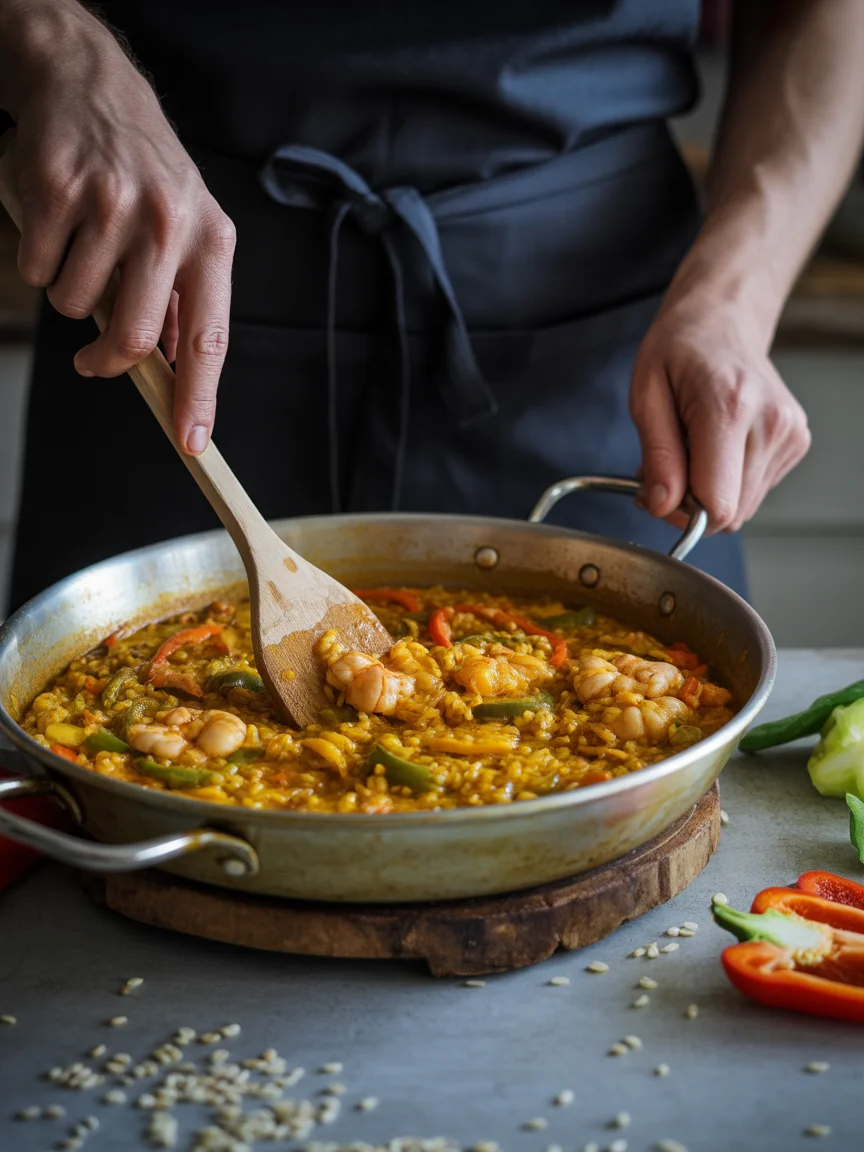
The Secret to a Perfect Seafood Paella
Alright. I’m not gonna sugarcoat it, achieving that restaurant-worthy seafood paella—golden, crispy bottom called socarrat—takes a little finesse. Not magic, just a few non-negotiables. First, real saffron. No cheating, that little pinch gives both color and that subtle, mysterious flavor (I tried turmeric, didn’t work the same). Fresh, quality seafood is also a game-changer. Sometimes I buy the mixed bag from the frozen aisle, and hey, it still works in a pinch but, fresh clams and shrimp? Wow.
One more thing—don’t stir the rice while it’s cooking. I know, your hands will itch to poke and prod, but let it be. Trust me. That helps the rice form its magical crust at the bottom that’s basically paella gold. Oh, and cook with good stock. Seafood stock is best, but even a rich chicken stock will do if that’s what you’ve got lying around. I’m all about shortcuts, but these little details truly make or break your dish.
You’re gonna get messy peeling shrimp and arranging mussels. That’s kind of the fun. Just roll up those sleeves and dive in. Honestly, when you nail it, you’ll feel like you could charge five-star restaurant prices.
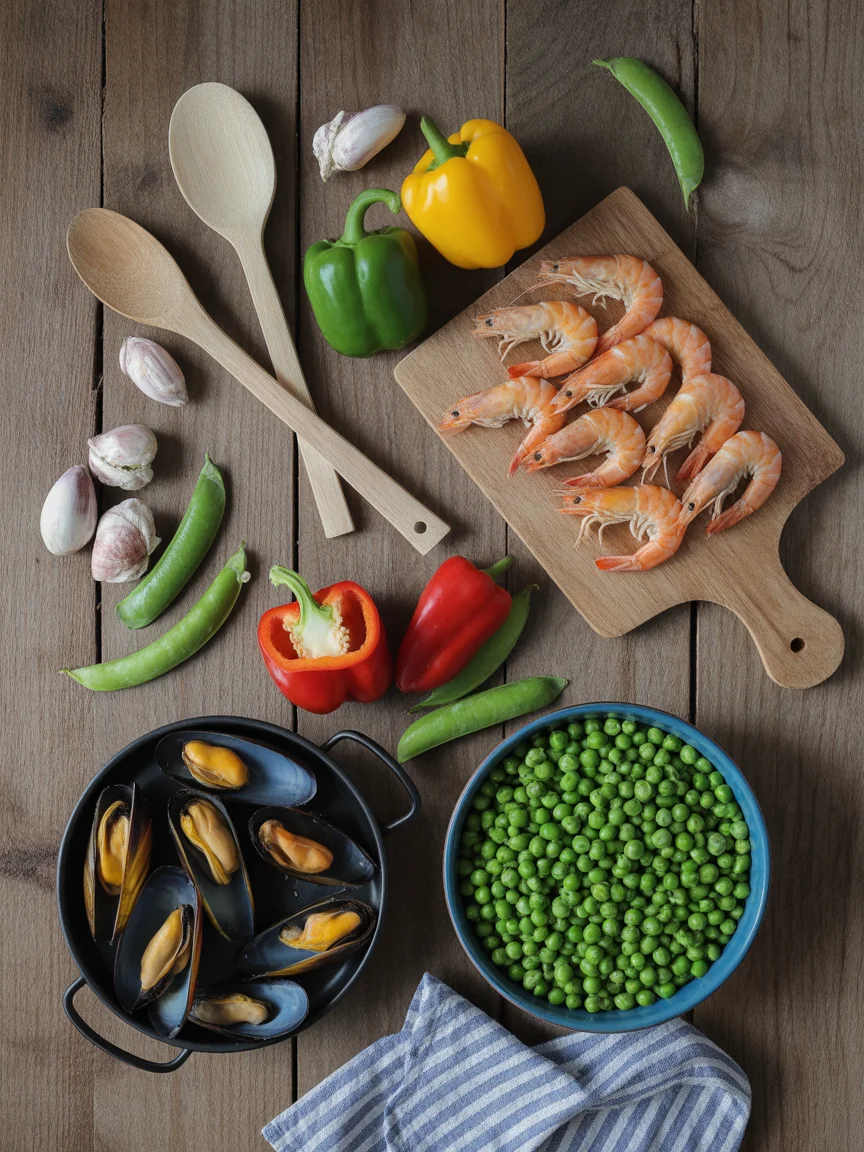
What Kind of Rice to Use?
Here’s the thing: not all rice is created equal, especially here. Seafood paella needs short-grain rice—especially one that loves to soak up bold flavors but doesn’t turn all mushy. That’s bomba or Calasparra rice if you’re fancy, but arborio (like for risotto) can step in if you’re stuck. Don’t reach for basmati or jasmine. Those long grains won’t soak up enough broth and the texture turns strangely off. Trust me, I tried and it wasn’t pretty.
Short grains plump up and spread out in the pan. Every kernel gets its share of that saffron-scented broth. If you care about authentic texture, spring for the Spanish stuff (I order it online sometimes). But honestly? If all you’ve got is arborio, it still ends up delicious. Maybe not “winning awards in Valencia” level, but dang close.
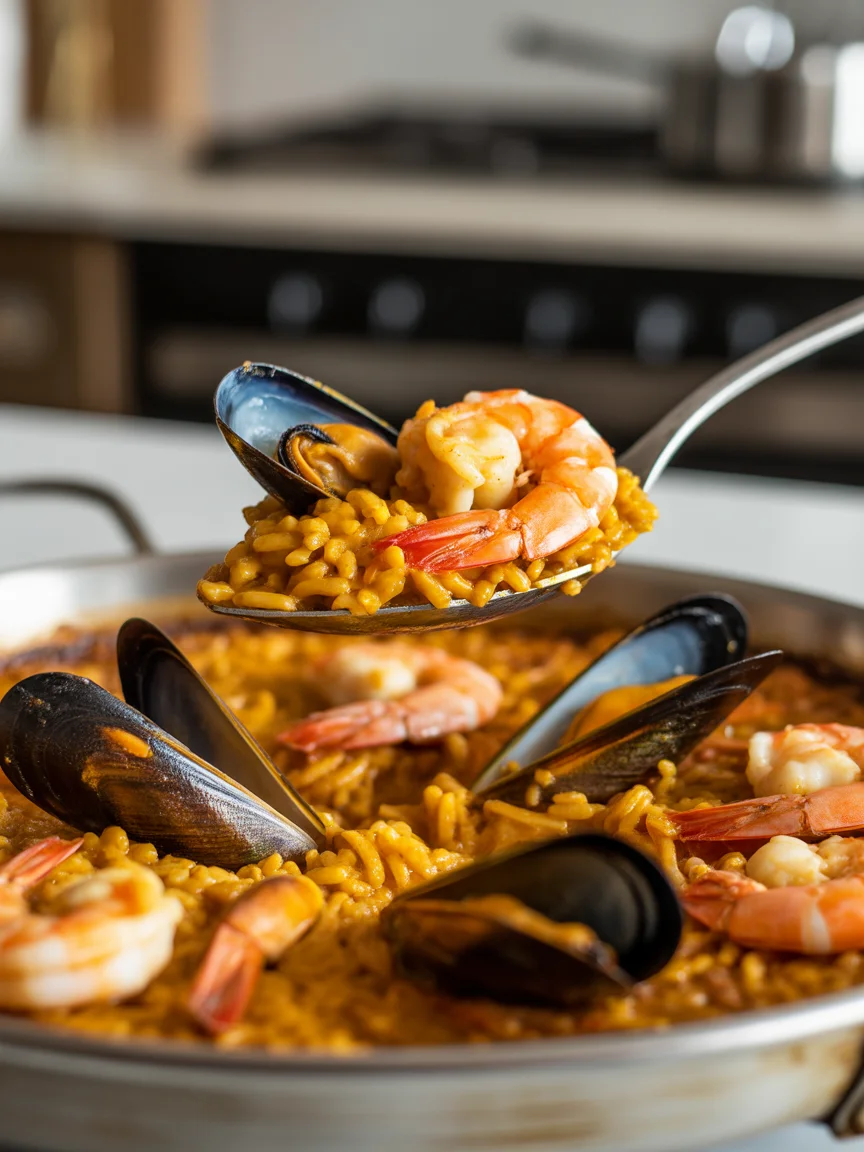
Can You Use a Wok to Make Paella? What Pan Is Best?
So, funny story. My first seafood paella ever was in a regular old nonstick skillet. Worked, but didn’t win any beauty contests. Honestly, the real deal uses a big flat paella pan—those things are wide, shallow, with a thin bottom. The idea is for the rice to spread out, not pile up, so every bite gets that nice mix of topping, rice, and crispy bits.
Can you use a wok for paella? Technically, sure, but not ideal. Woks are deep and rounded, so you’ll miss out on the classic socarrat (and your seafood might get buried). If paella pans aren’t in your kitchen yet, try your largest, flattest frying pan. Stainless works better than nonstick if you want the browned bottom. Don’t overfill, and you’ll be fine. Maybe call it “rustic…” Friends will just be stoked they’re getting homemade seafood paella at all.
Trust me, people don’t remember the perfect pan—they remember the flavor. So, go with whatever flat pan you can. And don’t burn down the kitchen.
How to Make Paella: Step-by-Step
Ok, here’s the heart of it. Let’s break down a basic method anyone can follow. And before anyone asks, yes, you can totally riff on the seafood selection based on what’s “on sale” or “actually left at your grocery store.” No judgment.
- Heat olive oil in your big, flat pan. Sauté onions, peppers, and garlic until soft.
- Toss in short-grain rice and toast it a few minutes, stirring like crazy. Add saffron, smoked paprika, maybe a pinch of cayenne.
- Pour in your stock (seafood or chicken is good), and bring to a simmer. Let it bubble away a bit.
- Arrange that fresh seafood right on top of the rice. Push mussels hinge-side down, nestle the shrimp, scatter in calamari. Don’t stir!
- Lower the heat and let everything steam. Resist the urge to poke.
- When the liquid’s mostly absorbed and the rice is tender (about 18-22 minutes), crank up the heat for a few seconds for socarrat.
- Drop on some fresh parsley, lemon wedges, and maybe extra olive oil. Marvel at your creation.
If you want more inspiration (or you’re just seafood-obsessed), poke around seafood recipes or even explore crazy mixes like you’ll find in discover flavorful world of red crab juicy seafood.
Common Questions
Can I make seafood paella in advance?
Sort of! You can prep all your ingredients, but the rice is best cooked right before serving. Leftovers are tasty but not the same texture.
Is there a veggie version of paella?
Yep! Toss more peppers, artichokes, beans, and tomatoes. Totally delish, and easier on the wallet.
Do I have to use saffron?
Not required, but it’s that “secret touch.” If you skip it, up your smoked paprika and maybe add a little turmeric for color.
What are good side dishes for paella?
Keep it simple. I love crusty bread, a lemony salad, and maybe a pitcher of sangria (obviously).
Can I use frozen seafood?
Absolutely. Not as fancy, but still super tasty if you thaw it well and pat dry.
Why You’ll End Up Loving This Paella
So there you are—ready to make seafood paella at home! With these tips, no more slogging through intimidating recipes. You just need a wide pan, the right rice, and a bit of patience not to stir. For extra kitchen nerding, peek at this Spanish Paella Recipe – Tastes Better from Scratch to compare notes. And if you want more sea-inspired dishes, you’ll find tons over at seafood recipes and spicy ideas in discover flavorful world of red crab juicy seafood. Trust me, you don’t have to be a chef—just an eater who loves color, flavor, and a little adventure in the kitchen. Give this a try, and if you mess it up, just call it “fusion cuisine” and pour yourself another glass of wine. You got this!
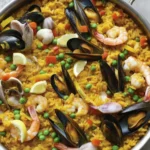
Seafood Paella
Ingredients
Method
- Heat olive oil in a large flat pan over medium heat.
- Sauté the onions, bell peppers, and garlic until soft.
- Add short-grain rice and toast for a few minutes, stirring constantly.
- Mix in saffron and smoked paprika.
- Pour in the stock and bring to a simmer.
- Arrange the seafood on top of the rice without stirring.
- Lower the heat and allow to steam until the liquid is mostly absorbed and the rice is tender, about 18-22 minutes.
- Increase the heat for a few seconds to create the socarrat (crispy bottom).
- Garnish with fresh parsley and lemon wedges before serving.


